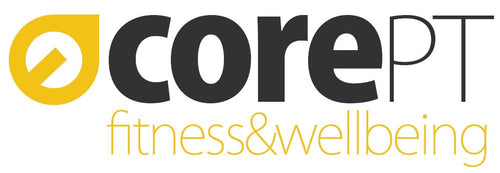First of all, to those who are not familiar with the term, what exactly is training periodization?
Training periodization is a strategy used by coaches to systematically vary the intensity, duration, and type of exercise to achieve optimal performance gains while minimising the risk of injury or burnout.
The goal of periodization is to break down an athlete's training cycle into specific phases or periods, each with a unique focus and set of goals. These phases typically include a preparatory phase, a competition phase, and an off-season or transition phase. Periodization can form the of an annual training plan but it can be broken down into micro cycles, which is months and weeks.
During the preparatory phase, the focus is on building a solid foundation of general fitness and addressing any weaknesses or imbalances in the athlete's physical capabilities. This phase often includes high-volume, low-intensity workouts designed to improve aerobic endurance, muscular endurance, and flexibility.
In the competition phase, the focus shifts to specific performance goals, such as improving strength, power, speed, or agility. This phase typically involves higher-intensity workouts and more sport-specific training drills.
Finally, the off-season or transition phase provides a break from the rigors of intense training and competition, allowing the athlete to recover and recharge before starting a new cycle of training.
Periodization can be a highly effective approach to sports and fitness training, as it allows athletes to optimise their performance gains while reducing the risk of injury and burnout.
So you might be reading this thinking, I don’t play sport, I’m not an athlete so how on earth would this benefit me?
I believe that periodization is a really useful tool for the non-athlete. In fact, most of my non athlete clients have some kind of periodization in their training. Periodization can be useful for non-athletes who are looking to improve their fitness or achieve specific fitness goals. Whether you're trying to build muscle, lose weight, or improve your overall health and fitness, a periodized training program can help you optimise your training and reach your goals more efficiently.
Periodization can be used to structure a training program in a way that progressively increases the intensity and volume of your workouts over time, while also allowing for sufficient recovery and adaptation. This approach can help prevent plateaus and overtraining, which are common challenges that can impede progress and increase the risk of injury among the non-athlete. When non-athletes start a training program, there is often little precautions for the above, and many dive in the deep end too soon too quick and often end up burnt out, injured or demotivated very quickly. Also, many people view exercise as a specific tool for weight loss. In theory it is, it enables you to expend more energy, but the real art of exercise is to improve specific areas of fitness such as strength an endurance to allow your body to absorb more training load, thus making you fitter, stronger, more durable, less fatigued and overall just more healthier.
By breaking down a training program into distinct periods, each with its own focus and goals, you can tailor your training to your individual needs and preferences. For example, you might start with a preparatory period focused on building strength and endurance, followed by a hypertrophy period focused on building muscle, and then a power period focused on explosive movements and speed. By removing the “focus” away from “weight loss” many people actually lose more weight through exercise. Its common knowledge that many trainers advocate performance over aesthetic goals for long term and sustainable weight loss.
In summary, periodization is a valuable tool for anyone looking to improve their fitness and achieve specific fitness goals. By carefully planning and executing a periodized training program, you can optimise your training, minimise the risk of injury, and reach your full potential. There is also a huge benefit psychologically. You get the benefits of seeing the improvements in fitness markers repeatedly in training week to week keeping you motivated, but you also enjoy rest periods such as de-load weeks as you know they are essential for you to absorb your training load. By having a specific focus to certain training blocks helps keep thinks interesting. After all, many non-athletes typically might be the ones who don’t necessarily enjoy working out and are juggling it around other life commitments, so anything to help boost adherence should be a serious consideration.
As always, if you are going to periodise your training, you should seek guidance and help from a knowledgeable trainer who will guide you through the process.
